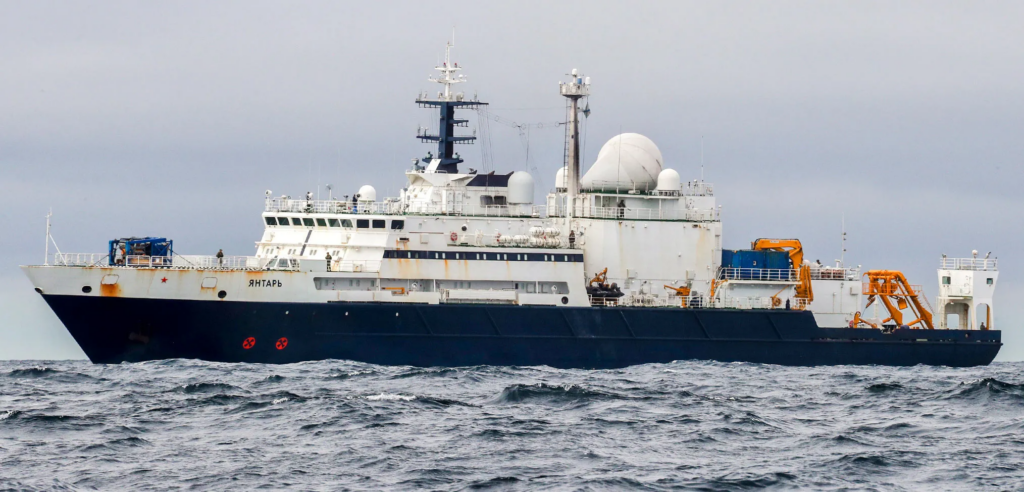Over the past two weeks, we have tracked at least four missions conducted by US Navy Boeing P-8A Poseidon aircraft that exhibited unusual characteristics. (It’s worth noting that the fact we tracked four missions doesn’t necessarily mean there weren’t more.)
- December 2: A Poseidon orbited extensively northwest of Corsica during the days when the USS Truman was docked in the port of Marseille.
- December 7: Another P-8A orbited for an extended period off the coast of Rome, supported in its mission by an Italian Air Force P-72A (here is our article).
- December 11: A Poseidon mission conducted with multiple orbits northwest of Sicily (here is our article).
- December 13: A new mission took place in the Strait of Sicily. On this occasion, the aircraft maintained very low altitudes during its orbits, around 300 meters above sea level (here is our article).
- December 14: A P-8A took off from Souda Bay Air Base and orbited for an extended time east of Catania (here is our article).
While we have no official confirmation, we hypothesize that these missions may be linked to the presence of the Russian Navy vessel Yantar in the western Mediterranean. The Yantar is specialized in deep-sea maritime inspections and is known to be used by Moscow for monitoring undersea cables (and, let’s face it, the line between “monitoring” and “sabotage” can be thin) and shehas conducted similar missions in the stretch of sea between the United Kingdom and Ireland.

The Yantar left Algiers on November 30, and the above-mentioned dates align with its potential movement in the region.
Finally, it’s important to note that the Poseidon missions are the only ones we were able to monitor. Italian assets often conduct such operations with their ADS-B transponders turned off (the December 7 mission being an exception due to its proximity to Rome Fiumicino Airport). Helicopters and naval units, meanwhile, are usually not trackable.
In conclusion, while this remains just a hypothesis, it is a highly plausible one.













Leave a comment